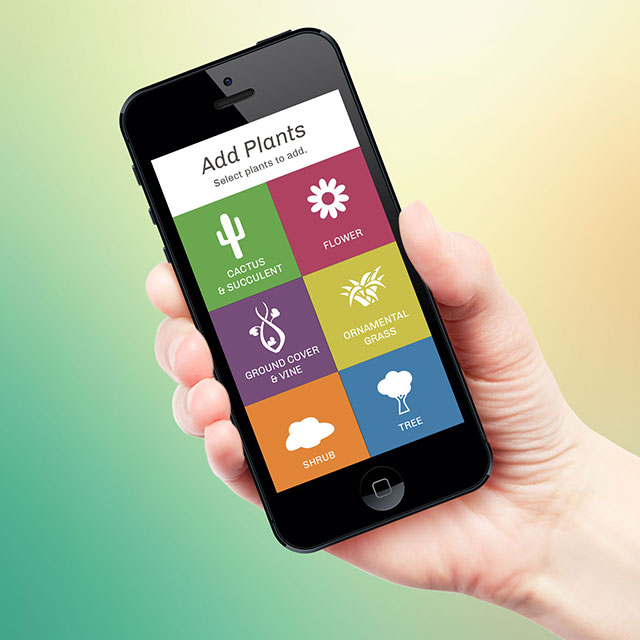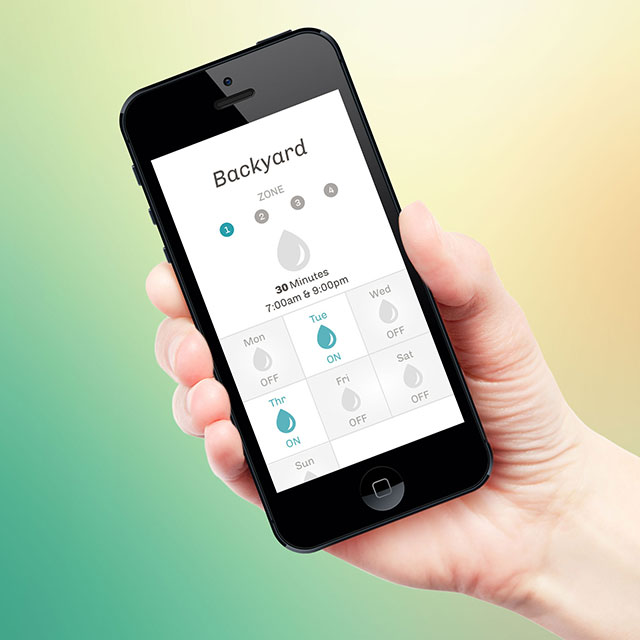FAQs
Help / FAQs
How To Use


Name your site and add your zones. A zone or station is an area that is under the control of a single valve. Examples may be areas like the ‘trees-front yard’ or ‘shrubs-backyard’.
Determine the predominant soil texture. The program calculates the volume of soil and water available to each plant based on the soil type and plant category. It takes into account the area wetted by an emitter and the rooting depth of different plants.


Each zone contains various plants. For ease of use, you only need to determine the type of plant you have: tree, shrub, cacti/succulent, ornamental grass, flower, or groundcover/vine. (Note if trees and shrubs are desert adapted). When adding your plants to each zone, record both the number of emitters and the flow rate associated with each plant.


The end result is a schedule that provides a deep, infrequent watering schedule that refills the entire root zone, promoting deep rooting. Since the schedules are based on long-term average daily weather conditions, extremely hot, colder or more rainy weather than normal may require intervention. Additional runtimes may be needed if salinity in the irrigation water or soil is high and leaching is required.
Schedules will have a fixed runtime throughout the year. Only the intervals or days between irrigation events will change based on long-term historical evapotranspiration (ET). All weather stations throughout Arizona and select urban weather stations in California can be used for scheduling purposes.
Here are some online resources for determining soil texture:
-
http://www.savesfbay.org/sites/default/files/Soil%20Texture%20Feel%20Tes...
See the step-by-step process for determining soil texture near the bottom of the PDF. -
Colorado State University Extension site: http://www.ext.colostate.edu/mg/gardennotes/214.html
There is the 'feel' test, the 'jar' test, a soil triangle and particle size descriptions. This may be the best source in one location. -
http://www.nrcs.usda.gov/wps/portal/nrcs/detail/soils/survey/?cid=nrcs14...
The Natural resource conservation service that has a soil texture calculator that can be downloaded for use in Excel. - http://agverra.com/blog/soil-types/
If you have a 4-gallon per hour emitter which is not listed, you can put into the program that you have two 2-gallon per hour emitters. This will give you the correct answer for scheduling the irrigation time.
Users can have as many Zones as needed, there is no limit set.
Users can have as many Plants as needed in any Zone. Note that you can change the Quantity of a specific Plant to duplicate that plant, instead of adding additional Plants.
Your data is saved to a secured database that is managed by UA College of Agriculture and Life Sciences.
The data is not shared in any way, only used for calculation of your Water Wise Schedule, when you request it from the website.
The data will remain as long as your account exists, and will not expire. When your account is canceled, the data will be deleted from the database.